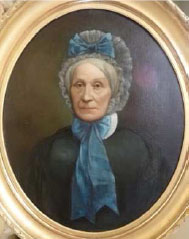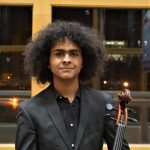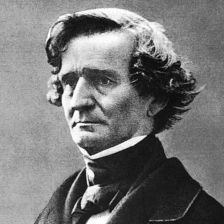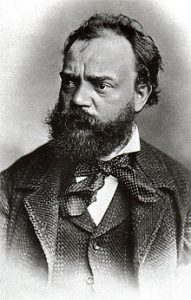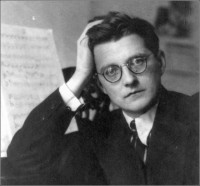Before each concert, we share “Manny’s Musings,” thoughts from our Music Director and Conductor, Manny Laureano. This is the first edition of the “Musings” for the “Suomi… How We Love You!” concert that will be performed on Sunday, October 8, 2017.
I mentioned that one of the most powerful aspects of Jean Sibelius’ skills was the ability to inspire, and it’s true. We all understand the unique power of an anthem to roil the blood to action, to stir the heart from passive inactivity to rolling up a people’s collective sleeves.
In 1899, the man who would write Oma Maa and the descriptive Symphony in E minor would also, before the turn of the century, write a short piece so powerful that it is still, over one hundred years later, regarded as Finland’s “second national anthem.” Originally, it was to be titled “Finland Awakens” but because of governmental restrictions would hide under the name Impromptu. It was decided later to be known as “Suomi” in Finnish, or more familiarly to non-Finns, “Finlandia.” Even though the music was not conceived to have lyrics, they were added in 1941 at the consent of Sibelius by Koskeniemmi.
Every part of this music has deep meaning. From the grumbling anger in the low brasses and timpani and the emotive swelling in the strings, to the metaphorical train inviting those that wanted a free Finland to jump aboard, to the machine gun-like rhythms and triumphant voices in the middle and final bars, “Suomi” remains in its rightful place as a piece designed to remind Finns and non-Finns alike, that the gift of freedom is an earned one.
Join Music Director & Conductor Manny Laureano, for the concert, “Suomi… How We Love You!” featuring the Suomi Finland 100 Chorus, Eeva Savolainen, director, and the Bloomington Symphony Orchestra. The concert takes place on Sunday, October 8, 2017, at 3 p.m., at the Gideon S. Ives Auditorium at the Masonic Heritage Center (11411 Masonic Home Drive, Bloomington)
To learn more about the concert, click here. You can order tickets online through the Masonic Heritage Center Box Office, or by calling 800.514.ETIX.



